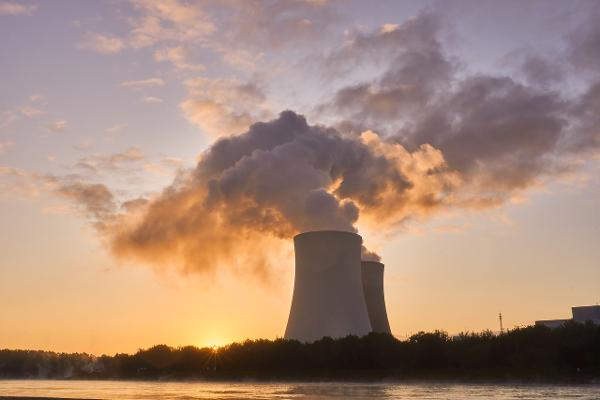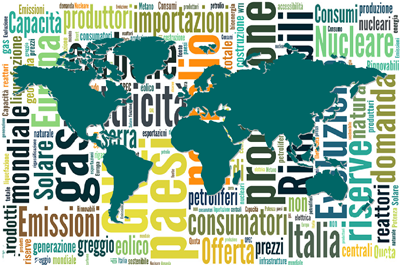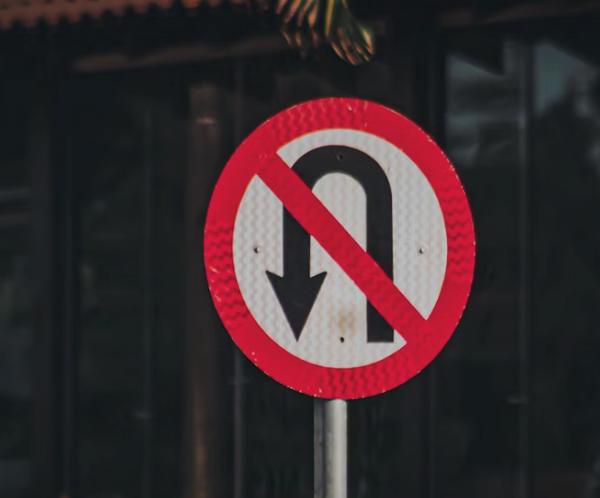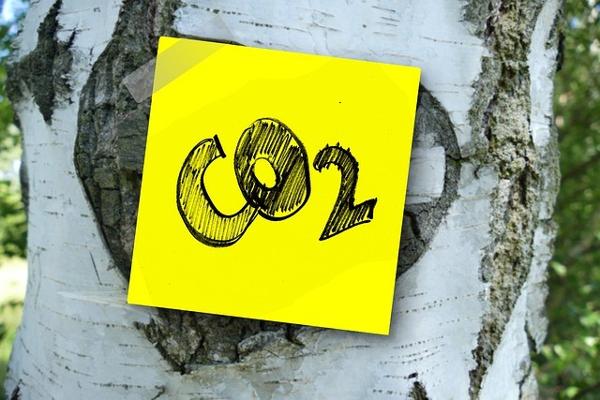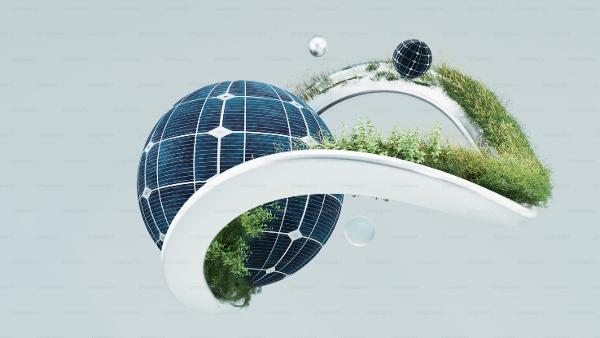The world is entering the Age of Electricity — a time when modern digital economies are fuelled by electricity and citizens depend on it for most everything. Within the energy sector, electricity demand has grown twice as fast as total energy demand over the past decade and is set to accelerate further. How the world meets this growing demand has serious implications for energy security and the environment.
Nuclear energy is poised to enter a new era, complementing the strong growth of renewables and continued use of fossil fuels in the power sector. Nuclear energy stands out as a clean, reliable, and scalable solution, offering round-the-clock availability, enhancing energy security and reducing emissions. Generation from the world’s fleet of nearly 420 reactors is set to reach new heights in 2025. Interest in nuclear energy is at its highest level since the oil crises in the 1970s, with support for expanding the use of nuclear power now in place in more than 40 countries. As of February 2025, there are 70 gigawatts (GW) of nuclear capacity under construction, one of the highest levels seen since 1990. Innovation is changing the nuclear technology landscape, with many small modular reactor (SMR) designs under development and the first commercial SMR projects in advanced economies set to start operation around 2030.
In recent years, nuclear market leadership and supply chains have become very concentrated. Since 2017, 53 reactors have started construction worldwide — 26 of Chinese design and 23 of Russian design. Almost half of all projects under construction today are in China. Advanced economies still host most of the world’s nuclear fleet, but rejuvenating this fleet has proven difficult as new nuclear construction has experienced delays and cost overruns, particularly in the United States and Europe. At the same time, uranium enrichment capacity is also highly concentrated and Russia alone accounts for 40% of the global total. Highly concentrated markets for nuclear technologies, uranium production and enrichment, represent risks for the future, underscoring the need for greater diversity in supply chains.
Fulfilling country plans and policies for nuclear energy would shift nuclear market leadership again and bring more diversity to supply chains. The share of large-scale nuclear construction starts using designs from advanced economies rises from under 10% in recent years to 40% by 2030, spurred by new projects in Europe, the United States, Japan and Korea. The widespread deployment of SMRs reinforces this trend, with significant deployment of designs from the United States and Europe. In addition, there are announcements to expand uranium enrichment capacity in the United States, Europe and Japan. A more competitive and technologically diverse nuclear sector will benefit countries looking to expand nuclear energy while ensuring secure and affordable access to uranium supply and enrichment services.
, can clear the path to a new era for nuclear energy. Demand for firm, dispatchable and clean power from the private sector is a major driver of interest in these emerging technologies. Announcements exist for up to 25 GW of SMR capacity, primarily to meet growing electricity demand for data centres. With successful development, SMRs can dramatically cut the upfront investment needed and average generation costs of individual projects to levels similar to large renewable energy projects such as offshore wind and large hydro.
Their modular design can shorten construction times, allowing projects to reach cash flow break-even up to 10 years earlier than large reactors. This makes them less risky for private investors and commercial lenders, especially once technologies are proven. In a scenario where tailored policy support for nuclear and streamlined SMR regulations align with robust industry delivery on new projects and designs, IEA analysis finds that SMR capacity would reach 120 GW by 2050, with over one thousand SMRs in operation.
Delivering a new era for nuclear energy calls for doubling global nuclear investment, up to USD 120 billion by 2030. Nuclear projects have traditionally been hard to finance due to their scale, capital intensity, long lead times, technical complexity and risk liability. Delivering new projects on time and on budget is a critical step to attracting investment, and greater standardization in reactor construction could help streamline development and reduce costs.
Public funding alone will not be sufficient to build a new era for nuclear: private financing will be needed to scale up investments. Predictable future cash flows are key to reducing financing costs and attracting private capital. Financial institutions lend based on reliable cash flows expectations, making a supportive and transparent regulatory framework essential for securing debt financing. De-risking instruments such as long-term power purchase agreements, contracts for difference and regulated asset base models are indispensable in volatile markets.
Governments have a unique role in providing strategic vision, policies and public finance to advance the nuclear sector. Nuclear can provide services and scale that are difficult to match with other low-emissions technologies. Seizing this opportunity requires a broad approach from governments, encompassing robust and diverse supply chains, a skilled workforce, support for innovation, de-risking mechanisms for investment, and effective and transparent nuclear safety regulations, alongside provisions for decommissioning and waste management.
The new report of the International Energy Agency, The Path to a New Era for Nuclear Energy, will be presented in Rome on 20 February 2025, with the participation of Fatih Birol, Director of the International Energy Agency and Gilberto Pichetto Fratin, Minister of the Environment and Energy Security

